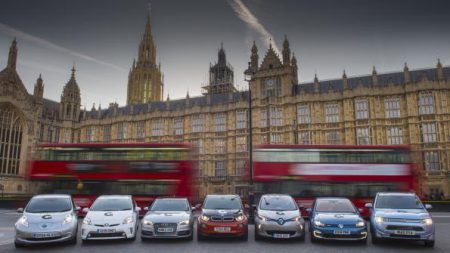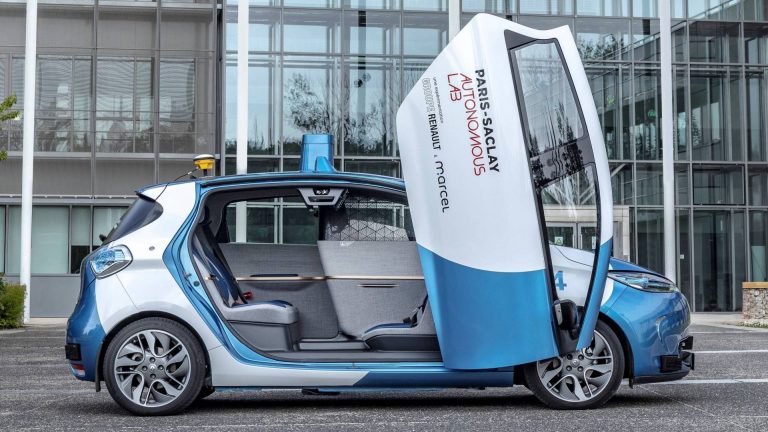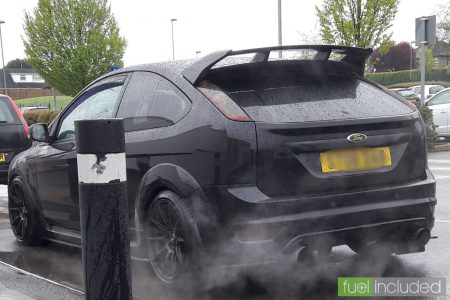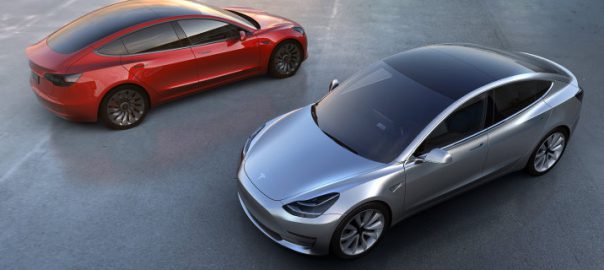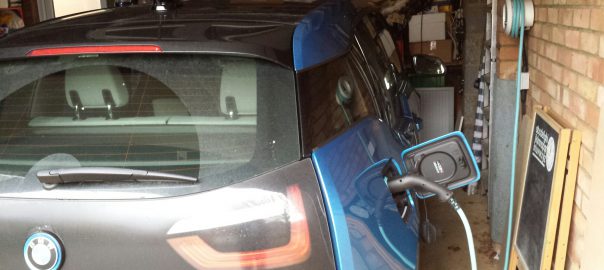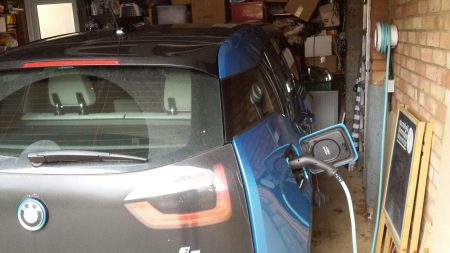A new scheme has been launched to recognise dealerships skilled at selling and servicing electric vehicles.
The Electric Vehicle Approved scheme will encourage car dealers to develop their expertise in servicing electric vehicles, as the country continues to move towards a zero-emission future backed by the government’s comprehensive £1.5 billion Road to zero strategy.
The standard for electric vehicle dealer accreditation has been developed by the National Franchised Dealers Association (NFDA) and the Energy Saving Trust (EST).
Successful dealerships will be known as ‘Electric Vehicle Approved’ and recognised for their commitment to training, quality advice and effective service.
Future of Mobility Minister Jesse Norman said: “Record levels of ultra-low emission vehicles on our roads are good news, as we seek to end the sale of new conventional diesel and petrol cars and vans by 2040.
“The accreditation recognises businesses with knowledge, capability and commitment to electric vehicles, and will help to encourage more car owners to switch to a greener alternative.”
Following a pilot scheme, in which the electric vehicle skills of 12 dealerships were audited, it is estimated there will be 130 Electric Vehicle Approved sites across the UK by the end of 2019.
Uncertainty among customers and poor advice from dealers have been identified as a key barrier to electric vehicle ownership. The scheme therefore aims to help create a trusted brand, increasing the confidence of drivers looking to buy an electric vehicle.
Read more: Motor Trader

